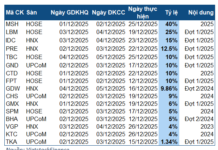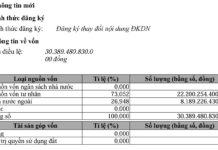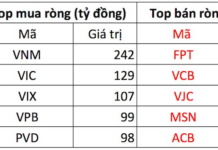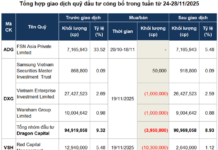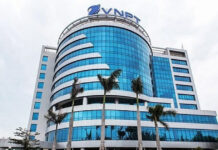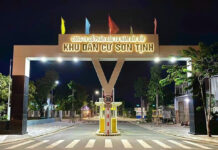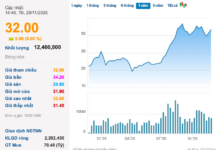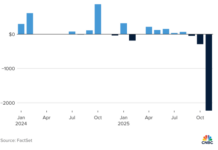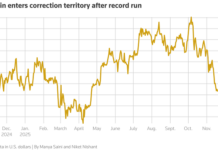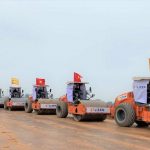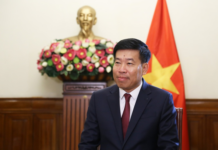Proposed Toll Fees
The Ministry of Transport is proposing two toll fee structures for highways invested from the state budget, with the specific fee depending on the type of highway and the vehicle group.
For 4-lane highways with a continuous emergency lane (level 1), the proposed toll fees range from VND 1,300 to VND 5,200 per km, while for 4-lane highways without a continuous emergency lane (level 2), the fees will be from VND 900 to VND 3,600 per km.
The Ministry of Transport also stated that the proposed fees are based on principles of ensuring fairness and harmony with toll fees charged on highways invested through public-private partnerships (PPP) and build-operate-transfer (BOT) projects. At the same time, the fees must be lower than the benefits gained by highway users.
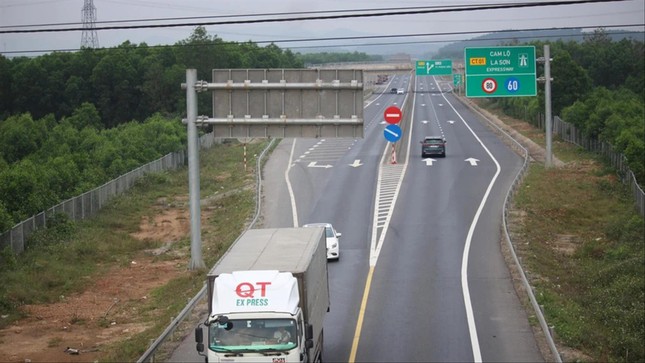
Ministry of Transport proposes toll fees for state-invested highways from VND 900 – VND 5,200 per km
According to calculations, the average benefit per vehicle per km of traveling on the highway compared to national highways is VND 4,824. Of this, 25% comes from vehicle operation cost savings and 75% from time savings. Owners of buses with 30 seats or more will gain the most benefits from using the highway.
The expected toll revenue is VND 3,210 billion per year, of which VND 2,850 billion will be contributed to the state budget. For toll collection, the managing unit is allowed to retain 0.2% of the total actual toll collection to cover toll collection management expenses. The remaining toll revenue will be contributed to the state budget for construction, upgrading, renovation, management, operation, and maintenance of road infrastructure. The timing of toll collection has not yet been specified.
Transparency is Key
Economist Ngo Tri Long emphasized that the toll collection policy for state-invested highways is new and will significantly impact road users. Therefore, a thorough impact assessment of the toll fees is necessary.
According to the Ministry of Transport, there are currently 10 highway projects or sections invested with state budget that have been completed and put into operation, which are eligible for toll collection: Hanoi – Thai Nguyen, Ho Chi Minh City – Trung Luong, Mai Son – National Highway 45, National Highway 45 – Nghi Son, Nghi Son – Dien Chau, Cam Lo – La Son, La Son – Hoa Lien, Vinh Hao – Phan Thiet, Phan Thiet – Dau Giay, and My Thuan – Can Tho.
Mr. Long pointed out that Vietnam already has a road usage fee collected through vehicle registration, and the additional toll fee for highways will result in double charging. Moreover, there have been concerns about the efficiency of public investment and the effective utilization of limited resources. According to the National Assembly’s supervisory delegation, violations in public investment projects during 2016-2021 caused losses and wastefulness of nearly VND 32,000 billion.
“Before implementing toll collection on state-invested highways, we need to reassess the effectiveness of public investment utilization. Efficient and rational use of these resources can already bring greater value than the estimated VND 3,200 billion in annual toll revenue,” said Mr. Long.
He also suggested that any new policy that adds financial burden to businesses and people should be implemented gradually and with a clear roadmap, especially considering the current challenges faced by businesses and citizens.
Dr. Le Dang Doanh emphasized the need for a comprehensive assessment of the economic and social impacts of toll collection on citizens and businesses. He pointed out that the proposed toll fees would further increase logistics costs for businesses and affect their competitiveness.
“Increased input costs will lead to higher output costs, which can contribute to inflation. The Ministry of Transport should conduct a more holistic assessment, considering not only the funding for highway investment but also the health of businesses and the economy,” said Dr. Doanh.
A representative from a major transport company in Hanoi emphasized the importance of transparency and disclosure in toll collection on state-invested highways. This includes transparency in investment capital, construction costs, and the duration of toll collection to prevent excessive toll collection.
According to the representative, the toll fees for state-invested highways should be lower than those of BOT projects since the investment costs are also lower. In cases where the state transfers the operation rights to private units, there must be transparency in the amount of toll collected and vehicle traffic.
For example, the Hanoi – Lao Cai highway was expected to have around 6,000-7,000 vehicles per day, and up to 14,000 vehicles during weekends. However, the actual traffic volume has reached 70,000-80,000 vehicles per day, a tenfold increase. Despite this, the BOT investor recently increased the toll fees by 18% instead of reducing them.
“For highways invested with state budget, the operation must not be profit-oriented. People are already contributing to the state budget, and the collected fees should not go into the pockets of other units,” he added.
The Power of Lizen: Consistently Winning Massive Bids
Lizen has achieved a significant milestone by successfully deploying and implementing major high-speed construction projects in 2023. The company’s revenue has reached 2,030.5 billion VND, which is twice the amount compared to 2022. However, the post-tax profit has reached its lowest point in the past 6 years, dropping down to only 118.3 billion VND.
Three Economic Growth Scenarios for Ho Chi Minh City in Q1 2024
At the socio-economic meeting reviewing the results of January and setting the goals for February 2024, held this morning (1/2), the Ho Chi Minh City Institute for Research and Development has presented three economic growth scenarios for the first quarter of Ho Chi Minh City.











